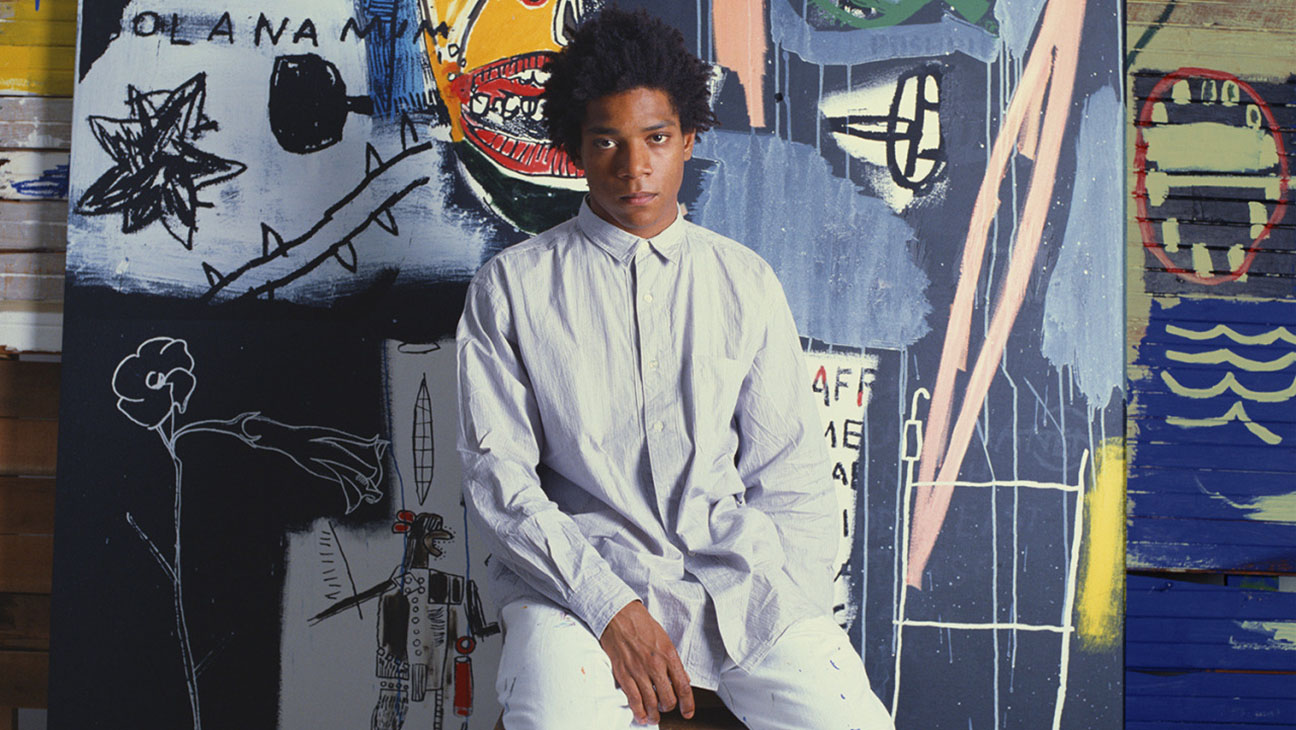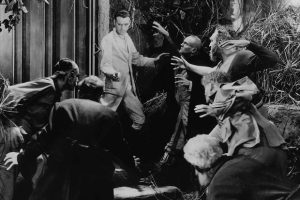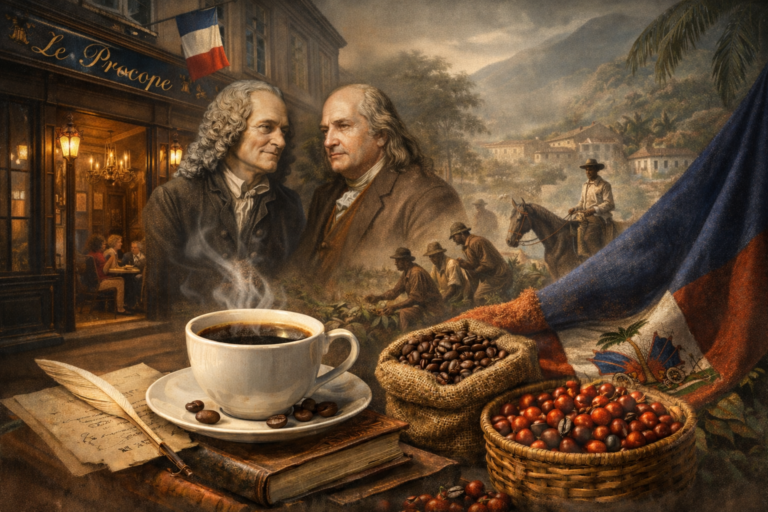Hey there, art lovers and curious minds! Today, we’re diving into the extraordinary life of Jean Michel Basquiat, an artist whose influence continues to resonate in the art world decades after his untimely passing. If you’ve ever been captivated by raw, expressive art that speaks volumes about society and identity, then Basquiat’s story is one you don’t want to miss. So, grab a cup of coffee and settle in, because we’re about to embark on a journey through the life and legacy of Jean Michel Basquiat.
The Early Days of Jean Michel Basquiat
Jean Michel Basquiat was born on December 22, 1960, in Brooklyn, New York. From a young age, Jean Basquiat showed a keen interest in the arts, influenced by his diverse cultural background. With a Haitian father and a Puerto Rican mother, Basquiat was exposed to a rich tapestry of cultures and experiences that would later shape his artistic vision.
Growing up in a vibrant and sometimes challenging environment, Basquiat found solace in drawing and painting. His mother, Matilde, recognized his talent early on and encouraged his artistic pursuits. It’s said that by the age of four, Basquiat was already fluent in French, Spanish, and English, thanks to his mother’s dedication to his education.
But life wasn’t always smooth sailing for young Jean Basquiat. In 1968, when he was just seven years old, Basquiat was hit by a car while playing in the street. The accident left him with serious injuries, but it also introduced him to the book “Gray’s Anatomy,” which his mother gave him during his recovery. The book’s anatomical drawings would later become a significant influence in his artwork.
SAMO: The Birth of a Graffiti Legend
Fast forward to the late 1970s, and Basquiat, now a teenager, is making a name for himself in the streets of New York City. Under the pseudonym “SAMO” (pronounced “same-oh”), he began spray-painting cryptic and thought-provoking messages on buildings in Manhattan’s Lower East Side. Phrases like “SAMO as an end to mindwash religion, nowhere politics, and bogus philosophy” caught the eye of many New Yorkers, igniting curiosity about the artist behind the graffiti.
SAMO wasn’t just graffiti; it was a form of social commentary. Through his street art, Jean Michel Basquiat addressed issues like consumerism, racial inequality, and social injustice. His graffiti became a voice for the marginalized, and it wasn’t long before the art world took notice.
The Rise of Jean Michel Basquiat
In the early 1980s, Basquiat transitioned from street art to the gallery scene, a move that would catapult him into the limelight. His raw, expressive style, characterized by bold colors, chaotic compositions, and a mix of text and imagery, resonated with a new generation of art lovers. Basquiat’s work was unapologetically honest, reflecting his experiences and the world around him.
One of the pivotal moments in his career came with his collaboration with the legendary artist Andy Warhol. The two formed an unlikely yet dynamic partnership, creating a series of works that blended Warhol’s pop art sensibilities with Basquiat’s raw energy. The collaboration was a commercial success and solidified Basquiat’s status as a rising star in the art world.
Despite his meteoric rise, Basquiat remained grounded in his roots. His work continued to explore themes of race, identity, and power, often incorporating African American history and symbols. Pieces like “Irony of Negro Policeman” and “Hollywood Africans” challenged societal norms and provoked critical thought.
The Struggles and Triumphs
Behind the scenes, however, Basquiat’s life was far from glamorous. The pressures of fame, coupled with personal struggles, took a toll on his mental and physical health. Basquiat battled with anxiety and substance abuse, a struggle that ultimately led to his tragic death from a heroin overdose on August 12, 1988, at the age of 27.
But even in his short life, Jean Michel Basquiat left an indelible mark on the art world. He was a trailblazer, breaking down barriers and challenging the status quo. His work continues to inspire and influence artists, and his legacy lives on through the countless exhibitions and record-breaking auction sales of his pieces.
Jean Michel Basquiat’s Enduring Legacy
So, why does Jean Michel Basquiat remain relevant today? The answer lies in his ability to capture the human experience in all its complexity. Basquiat’s art speaks to the struggles and triumphs of marginalized communities, offering a voice to those often overlooked by society. His work is a testament to the power of art as a medium for social change.
In recent years, Basquiat’s influence has only grown. His pieces have been featured in major exhibitions around the world, and his paintings continue to fetch astronomical prices at auctions. In 2017, his piece “Untitled” sold for a staggering $110.5 million, making it one of the most expensive artworks ever sold by an American artist.
But beyond the dollars and accolades, Basquiat’s true legacy is in the impact he has had on generations of artists and art lovers. He showed that art could be raw, honest, and unapologetically personal. He proved that a young, black artist from Brooklyn could change the world with a can of spray paint and a vision.
Final Thoughts
Jean Michel Basquiat’s story is one of resilience, creativity, and defying the odds. He transformed the art world with his unique style and powerful messages, leaving a legacy that continues to inspire. Whether you’re an artist, an art enthusiast, or someone looking for a bit of inspiration, Basquiat’s journey is a reminder that greatness can come from the most unexpected places.
So, the next time you come across a Basquiat piece, take a moment to appreciate the depth and meaning behind the chaotic brushstrokes. Remember the young artist who dared to dream big and challenge the status quo. Jean Michel Basquiat may have left us too soon, but his art and spirit live on, reminding us that true art knows no boundaries.












Add a comment